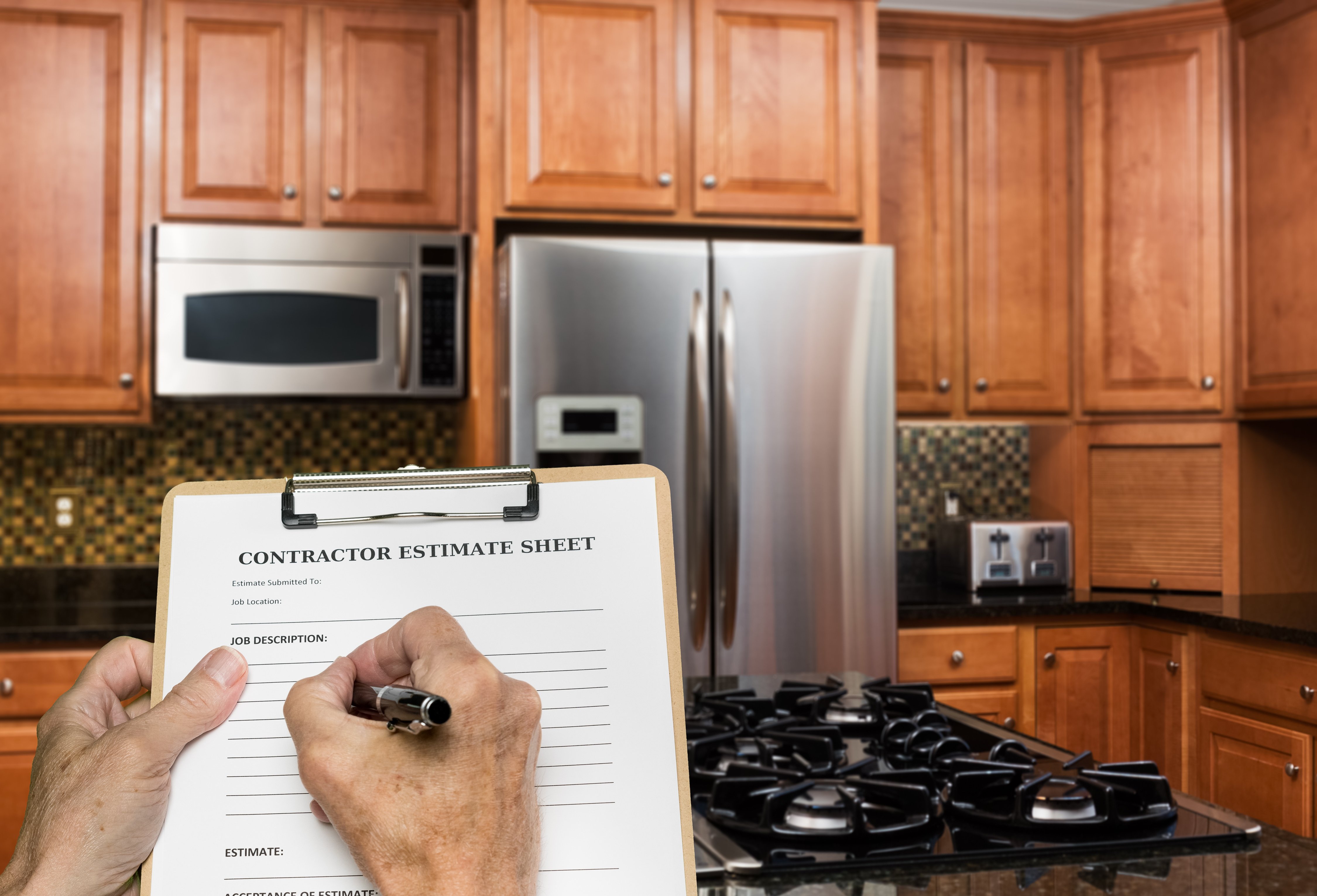As seniors get older, their home may become more of a threat than a sanctuary. It can become difficult for them to get around safely or perform tasks of daily living without worry. While you may think about hazards in the bathroom right away, you might not think about dangers in the kitchen. However, the kitchen contains many potential threats. In this post, we will explore some of the essential kitchen modifications that can help seniors remain safe at home.
Hazards in the Kitchen
Within the kitchen, there are many dangers to seniors, including the following:
- The floor can get wet near the sink or other water sources, making it easy for a senior to fall.
- Similarly, a senior may forget to turn off the water, which can lead to a flood that could damage their home.
- Hot appliances can lead to burns or even house fires.
- Heavy pots and pans can easily fall, potentially landing on a senior’s foot.
- Sharp tools, like knives, can lead to accidental cuts if seniors can’t control fine motor skills.
- Food-borne illnesses.
Essential Kitchen Modifications for Seniors
With some basic home modifications, seniors can make their kitchens safer. Here are some of the essential home modifications that we recommend.
Accessible Storage
One of the first ways to update the kitchen to make it safer for seniors is by making sure that common kitchen items are easily accessible. If seniors have to reach up high to obtain an item, it could cause them to lose their balance or their strength might fail, causing the item to drop. Likewise, shelves that are too low can require a senior to crouch down, which could cause them to lose their balance and fall.
You can reorganize the kitchen to place appliances or tools in cabinets that are easy to reach, like on lower shelves. Avoid placing heavy items on high shelves, because they are so heavy and could be difficult to lift. By placing items on lower shelves, seniors will be able to reach them even if they become wheelchair-bound.
In addition to reorganization, you may have to make modifications to your existing kitchen cabinets and storage units. You can add dowels to cabinets to help store baking sheets and dishes vertically instead of stacking. This can make them easier to grasp. You may want to install a lazy susan tray to help you avoid reaching deep into a cabinet. At many home improvement stores, you can also find extending shelves, sliding organizers, and other storage solutions. You can apply the same principles to the pantry, too.
In some cases, you may not be able to fully optimize kitchen cabinets and storage areas. Encourage a senior to use a step stool to reach high items or a steady chair to help them maintain their balance while they are crouching to search through a lower cabinet.
Easy Handles and Faucets
As a senior ages, their joints may deteriorate or their coordination declines. Therefore, they may struggle to pull on cabinet knobs or to adjust the water faucet. When seniors can’t grasp these objects, it can become impossible for them to complete simple tasks in the kitchen, like filling a glass with water.
To address these concerns, you can install handles that are easier to grasp. You can replace round pull knobs on cabinets with wide drawer pulls (sometimes called D-shaped pulls). These knobs are much easier for seniors with arthritis or poor hand-eye coordination to grab.
When it comes to the faucet, seniors may need to replace a twist-knob faucet with a lever-style faucet. This type of faucet doesn’t even require finger dexterity. Seniors can use their arm to pull or push on the lever and control water flow.
As an alternative, seniors can install smart faucets. These types of faucets can be motion activated, allowing seniors to get water hands-free. These faucets can also turn themselves off, which can help seniors avoid flooding their kitchen.
Proper Lighting
Poor lighting can cause a number of accidents from falls to accidental slips of the knife. Adding the right lighting to your kitchen can help keep the kitchen safe.
For starters, we recommend installing under-cabinet lighting. This can help illuminate areas that may be covered in shadow. As a result, you can more clearly see messes to help prevent the spread of foodborne illness. You will also be able to see better as you cut foods.
In addition to under-cabinet lighting, you can also install track lighting in your kitchen. This type of lighting is adjustable, so you can make sure that all areas of the kitchen are well lit.
If your kitchen has windows, you should clean them and utilize natural sunlight. You should remove obstacles, like curtains or kitchen objects, that may block sunlight. You may need to remove the blinds on the window and replace them with blinds that increase the amount of natural light that can flow through.
Not only is good lighting important, but so are accessible light switches. Seniors with poor dexterity may have difficulty flipping light switches. You can change a small light switch for a rocker light switch, which is easier for a senior to utilize. You can also install automatic light switches that are activated when a senior enters the kitchen. Smart lighting can also turn off after a senior has left the room, helping them conserve energy.
Home Safety
At Caring Senior Service, we understand how important home safety is. That’s why we offer a free 43-point Home Safety Assessment to help you identify and address other potential hazards around the home. Download this assessment for free to help keep yourself or an aging loved one healthy, happy, and at home.


